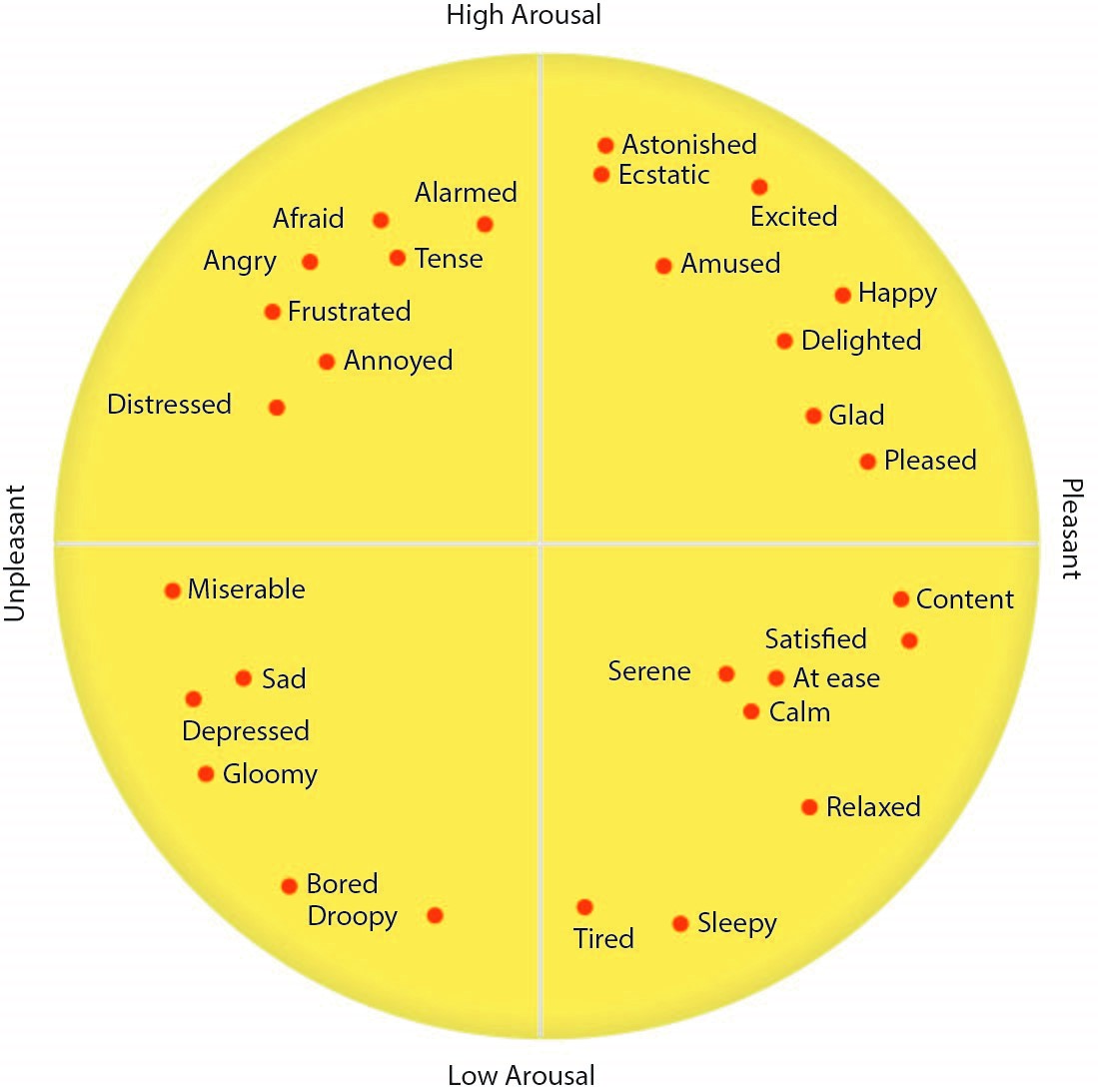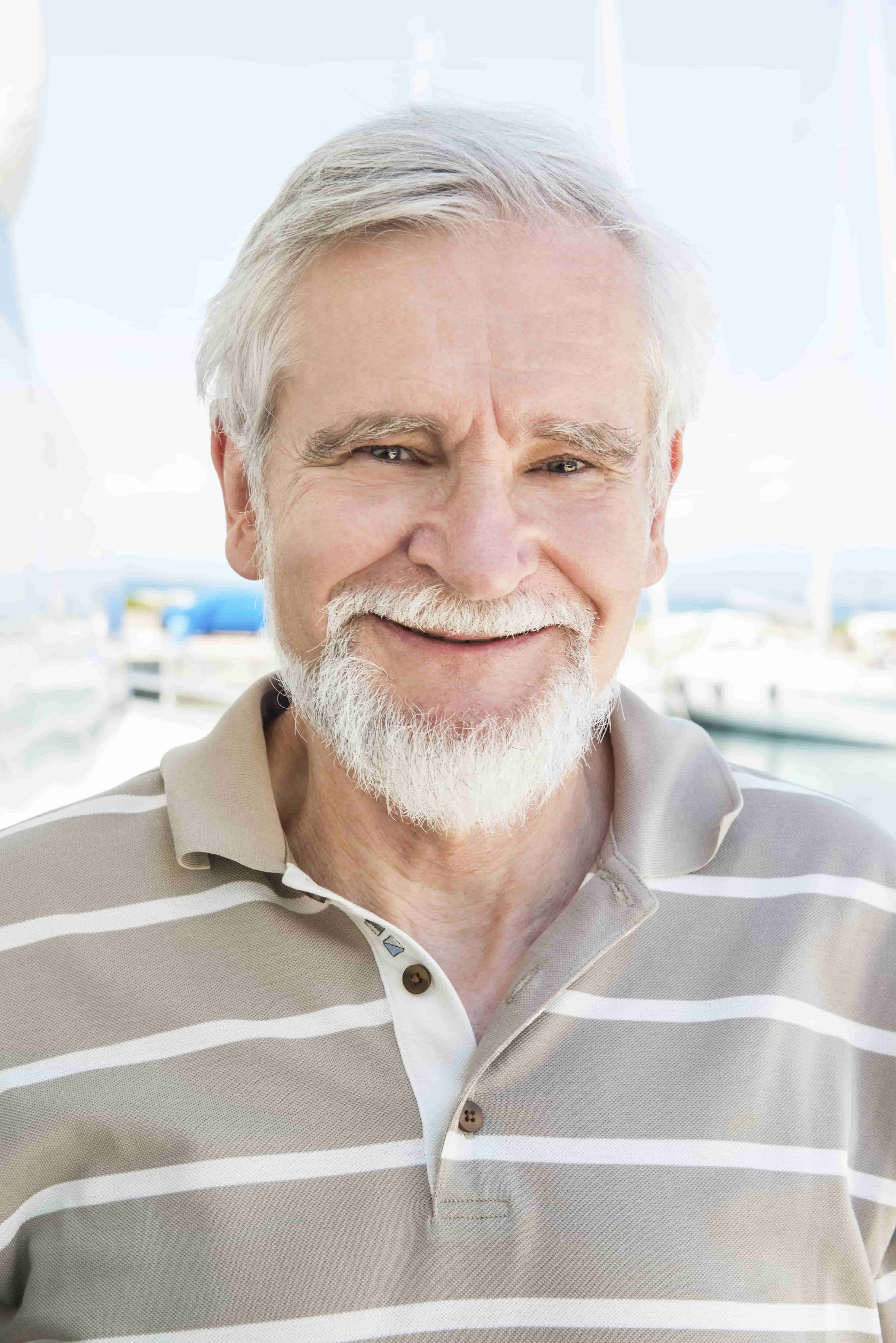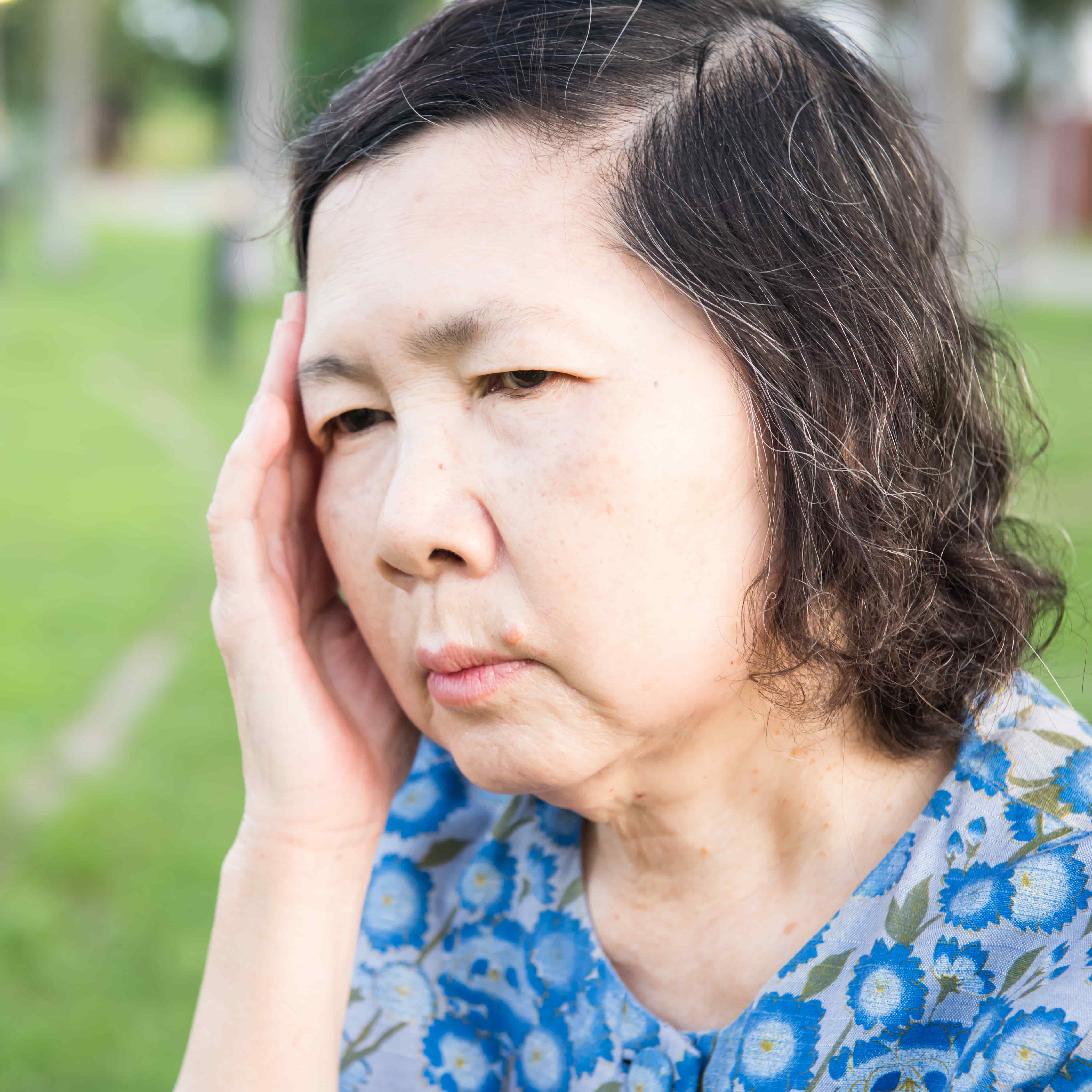9.1

As you scroll through your Instagram feed, you notice that a friend has posted tons of new photos. You can see that the photos were posted just a few minutes ago, that they were taken at Disney, that some of your other friends were there, and that they have already gotten lots of “likes.” As you view them you wonder why you weren’t invited. Do they like you? Are they really your friends? You also wonder why the photos have received so many likes so fast. Your photos do not generate likes that fast.
9.2

You are not alone with your use of Instagram. Ninety percent of adults between the ages of 18 and 29 use social media. It has been suggested that social media users are driven by the desire for love and belongingness. In fact, some people who struggle meeting those needs offline turn to social media, including Instagram and Facebook. However, social media use can either intensify or reduce feelings of loneliness, and this partly depends on the activities you choose to engage in. Using social media to strengthen offline relationships works!
Engaging with others using messages, comments, and other means of communication, or active use of social media, can help people feel engaged in a relationship—digital or offline. However, passive use, which includes viewing other people’s photos and updates, may lead to feelings of envy and decrease affective well-being. Remember that people often use social media to portray themselves in the most flattering way. For this reason, passively viewing other people’s content is unlikely to satisfy your need for love and belongingness. Instead, find a way to connect with friends more directly, both online and offline. Comment on a new post, send a message, and even make plans to spend time together face to face.
9.3
Rank each of the following needs on Maslow’s hierarchy of needs. Move items by dragging them to the correct location or by selecting an item and then selecting the location where it should move.

9.4
American psychologist Carroll Izard suggests that we can describe, compare, and contrast emotions according to valence and arousal. The valence of an emotion refers to how pleasant or unpleasant an emotion is, on a scale from unpleasant to pleasant. Arousal refers to how engaged, active, and involved a person is while experiencing an emotion. At the other end of the arousal spectrum, a person would be disinterested, passive, and uninvolved. This approach allows researchers to characterize emotions along different dimensions, rather than simply focusing on words or labels.
After viewing your friend’s Instagram photos, likes, and comments, you definitely aren’t happy. Consider what emotions you experiencing and locate them on the figure below. Where do your emotions fall in on the spectrums of valence and arousal?

9.5
Did you know that it seems there is a universal “happy face”? American psychologist Paul Ekman discovered this five decades ago when he traveled to a remote mountain region of New Guinea to study an isolated group of indigenous peoples. His findings have been replicated approximately 200 times. Ekman and his colleagues were very careful in selecting their participants, choosing only those who were unfamiliar with Western facial behaviors. Watch Paul Ekman describe this classic and important research.
- Chapters
- descriptions off, selected
- captions settings, opens captions settings dialog
- captions off, selected
- English Captions
This is a modal window.
Beginning of dialog window. Escape will cancel and close the window.
End of dialog window.
This is a modal window. This modal can be closed by pressing the Escape key or activating the close button.
This is a modal window.
PROFESSOR PAUL EKMAN: It takes a poet to be able to express in words what a moment and expression can convey. Now, what the face tells you is, that's what's happening right at the moment; this person is about to fight, this person is finding things very distasteful and offensive, or, right at the moment, they're having a great time. And you know that instantly, and you know that without words. And when you, the perceiver see it, you don't necessarily translate it into words, you just know it and feel it.
ANNOUNCER: Paul Ekman realized that our facial expressions are actually a powerful way to let others see what we are feeling.
PAUL EKMAN: A theater like this wouldn't work, if you couldn't look at the back of the globe, be able to distinguish each emotions. And that's just what our research found. But the most long distance transmitter of all is this smile-- you can recognize the smile at 70- 80 meters away, just about the distance that you could throw a rock or a spear. In 1967 and 68 I worked in the highlands of New Guinea, which at that time, had had no contact-- really, virtually no contact with the outside world. Most of the people I studied, I was the first or second outsider they had seen, or they'd never seen a photograph, a magazine, a mirror, television, film, nothing.
ANNOUNCER: The six basic facial expressions he identified were those of happiness, sadness, disgust, surprise, anger, and fear.
9.6
Now, let’s look at some photos. Identify the emotion expressed in each image.

Design Pics Inc/Alamy Stock Photo
|

Royalty-Free/AGE Fotostock
|

Johnny Greig/Getty Images
|

Ezra Bailey/Getty Images
|

Praweena style/Shutterstock
|

Fuse/Getty Images
|

Ravi Shekhar/Dinodia Photo/AGE Fotostock
|

Bartosz Hadyniak/Getty Images
|

azndc/Getty Images
|
9.7
Feeling excluded and wondering if your friends are really your friends stinks! Unfortunately, we are not happy all the time. Sometimes we feel sad, angry, or even depressed. While happiness has heritability estimates between 35% and 80%, level of happiness is not something that is set in stone at birth. Happiness tends to fluctuate around a fixed level, or set point, which is influenced by temperament in addition to genetics. Research has also suggested that happiness can be found in activities that bring flow. Flow involves the complete engagement and absorption in a challenging, but not insurmountable task, guided by an intense focus that results in other events, past and present, fading from awareness. People who experience flow, also called “being in the zone,” experience positive emotions such as enjoyment, energizing focus, and the potential for success.
Ultimately, though, we need to be careful when pursuing happiness as a life goal. Our focus should not be on becoming happier, but rather on being content with what we have. There may be a genetic component to happiness, but nature isn’t everything! Life is what you make of it, and happiness is yours to discover.
9.8
With the realization that you weren’t invited to go to Disney with your friends and the sadness that you felt, you begin to wonder what you can do to feel better. What can you do to feel positive? Dr. Barbara Fredrickson, a psychologist at the University of North Carolina at Chapel Hill, has some insight.
- Chapters
- descriptions off, selected
- captions settings, opens captions settings dialog
- captions off, selected
- English Captions
This is a modal window.
Beginning of dialog window. Escape will cancel and close the window.
End of dialog window.
This is a modal window. This modal can be closed by pressing the Escape key or activating the close button.
This is a modal window.
BARBARA L. FREDRICKSON: Positivity is an encompassing word that I use to refer to a wide range of positive emotions, including emotions like love, joy, gratitude, interest, and hope. Now, these emotions aren't just words we use or putting a smile on our face. They are deeply heartfelt. And they really change our mindsets and our biochemistries in synchrony.
We can raise our positivity ratios in simple ways. But my advice is perhaps surprising. I don't think it's helpful to pressure yourself to be positive. That can backfire and lead to really toxic insincerity.
What's better, I've found, is to lightly create the mindset of positivity. And that would be to be open, be appreciative, be curious, be kind, but above all, be real.
9.9
What are some things that you can do yourself to improve your mood after being left out of the “fun” with your friends?